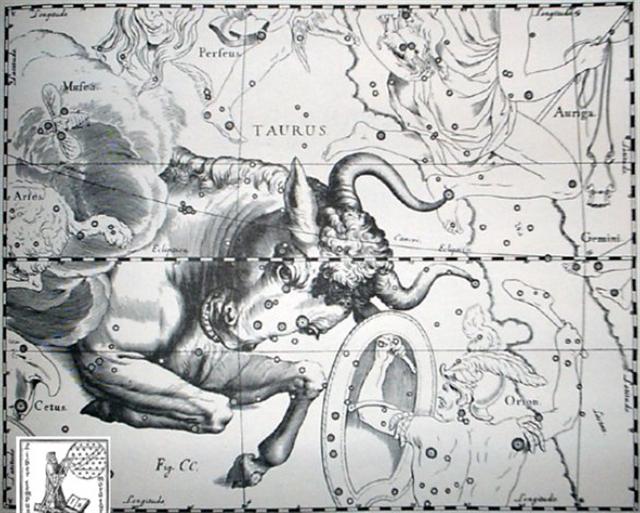Once again. I suggest the distance from Aldebaran to Antares (181 days) could have been the origin of a structure where important stars had their nakshatra counterparts 181 days later. However, the positions of Ain (ε Tauri) and Heart (σ Scorpii) may have been regarded as better coordinated with the modern calendar systems than Aldebaran and Antares, because 146 (May 26) = 2 * 73 and 375 (Sheratan 10) = 15 * 25. The first 8 glyphs in the line are followed by the 12 below (and the line is then completed by 5 more glyphs connected with Rogo):
At Ca3-17 Metoro said tapamea - tagata rima iri, in a patten which resembles his tapamea - tagata hoi hatu, i.e. with the pattern 1 - 3. In contrast he said tapamea tagata kua iri, as a single expression, at May 20. His Sign could be to connect into a group the 4 glyphs preceding Ca3-18:
Tagata rima iri could mean the person has his arms (rima) held high. His fingers are visible, which probably motivated another choice of words at Ca3-17 than at Ca3-9, where the arms are terminated by dry sticks (Y), signs of the season of straw (winter). The 'birth' of a fire is over when 'fingers' are visible. The number of tapamea feather signs in the 12-group add upp to 7 + 6 + 6 = 19 (implying Sun). Possibly the 'fists' held high in Ca3-14 are representing Antares and Aldebaran with Ain being born at center bottom.
Hevelius has evidently drawn the shield of Orion as a contrast to the head of the Bull. The oval shield is perhaps an allusion to Heart, because we can add an oval shield to the other objects (circular amulet, umbrella, earring) connected with Jyeshtha. | |||||||||||||||||||||||||||||||||||||||||||||||||||||||||||||||||||||||||||||||||||||||||||||||||||||||||







